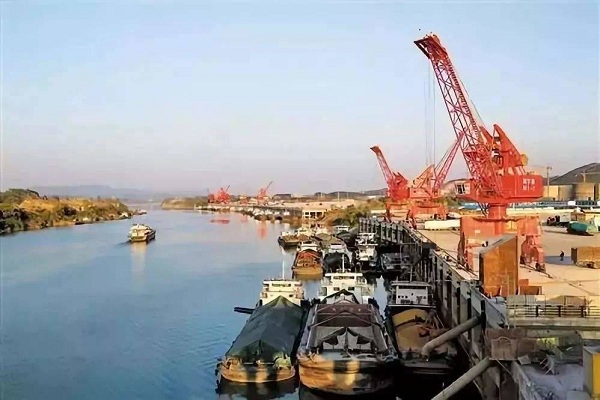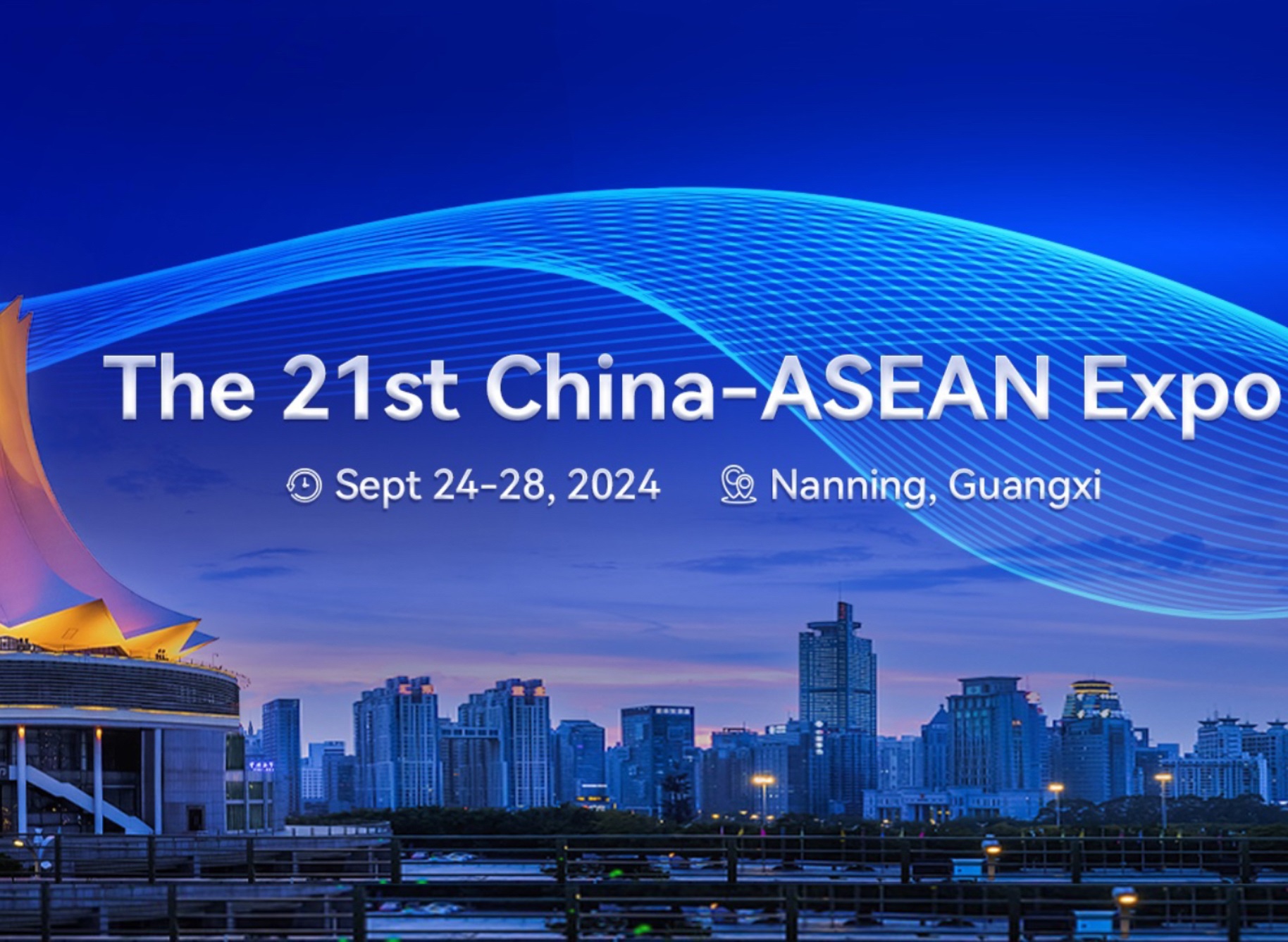Nanning to carry out river-sea transport project
Nanning, capital city of Guangxi Zhuang autonomous region, is now accelerating the preliminary work of the Pinglu Canal, a water transportation channel leading to the sea, which will realize river-sea combined transportation with the Beibu Gulf ports after completion.
The Pinglu Canal begins at the mouth of the Pingtang estuary in the lower reaches of Nanning and flows into the sea to connect to Qinzhou Port through the main stream of the Qinjiang River. It will be constructed to help form a high-level waterway network that connects trunks and branches, the river and the sea, as well as Guangxi and the Guangodng-Hong Kong-Macao Greater Bay Area.
The Pinglu Canal project mainly conducts river canalization by building shipping hubs, implementing engineering measures like excavation, dredging, and straightening of the river section that does not meet the navigable water depth and bending radius, as well as reconstructing bridges, barriers, and riverside buildings that hinder navigation. With an estimated investment of about 70 billion yuan ($10 billion), the Pinglu Canal will be built to a standard for navigable 5000-ton ships, and has a total length of about 136 kilometers.
A series of preliminary work, such as the shipping plan and the integrated transportation system solution along the line, will be completed before the end of 2020.

Nanning Port. [Photo/gxnews.com.cn]
After completion, Nanning Port will serve as an important transportation node to undertake the transfer and allocation of inland and coastal cargo transportation, further strengthening Nanning's status as a transportation hub in the southwest China region.
Moreover, the Pinglu Canal will directly connect the Xijiang River and Qinjiang River water systems. After completion, the mileage to Nanning from Qinzhou Port via the Pinglu Canal will be only 291 km, which will greatly promote the development of Guangxi's waterway transportation.


